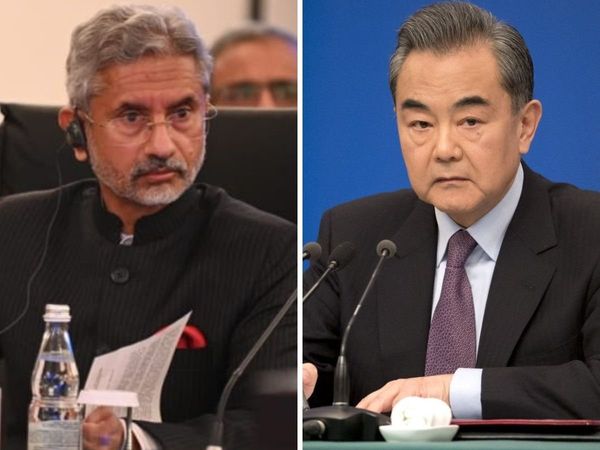
SOURCE: TIMES NOW
India and China have been at loggerheads since April after the People’s Liberation Army made provocative advancements towards Indian territory along the Line of Actual Control (LAC), much to New Delhi’s chagrin.
Multiple diplomatic and military-level talks have not yielded much to de-escalate tensions along the international border near eastern Ladakh, the bloodiest episode of that altercation being on the intervening night of June 15-16 when 20 Indian Army soldiers were martyred defending their motherland.
With the hostile winter season knocking on the LAC’s door, the ill-equipped Chinese military is playing all its cards to attain a truce with the seasoned Indian Army, though Brigade Commander-level talks between the two armies haven’t yielded much in the past few meetings.
Marking a historic turn of events amid this impasse between the two neighbours, Union Minister of External Affairs S Jaishankar on September 10 met his Chinese counterpart Wang Yi on the sidelines of the Shanghai Cooperation Organisation meeting in Moscow, the first instance when the two officials exchanged thoughts in person since the border conflict broke out.
The two leaders discussed the developments along the LAC and agreed on a ‘5-point consensus’ to help de-escalate the flare-ups and take bilateral ties towards a healthier direction.
However, a belligerent China is skeptical about India’s commitment to the agreement and expressed doubt through a report whether New Delhi will adhere to the agenda and that it will be a “big test” for Prime Minister Narendra Modi.
“How to implement the 5-point consensus reached by two sides is crucial… Some experts pointed out that narratives and moves from India’s Ministry of External Affairs seem to differ from the Indian Ministry of Defence, and they hold an unclear attitude on whether India will carry out the consensus,” an editorial in Chinese mouthpiece Global Times claimed.
The report nefariously tries to pit India’s two pivotal ministries against each other by saying that the MEA plays ‘good cop’, while the Union Ministry of Defence plays ‘bad cop’.
It was referring to the push for an agreement by the Centre, while Defence Minister Rajnath Singh at the Rafale-induction ceremony recently said that the inclusion of the fighter jet into the Indian Air Force is “very important” in view of the “kind of atmosphere” on the border.
“The Ministry of External Affairs plays good cop, while the Indian Ministry of Defense is the bad cop. The two ministries coordinate with each other and apply both soft and hard tactics… India’s seemingly contradictory moves by the two ministries deliver a message to China that India is ready to resolve the conflict by force, but also has the sincerity to peacefully settle the conflict,” the report said.
The editorial also hints at a ‘war-like situation’ if the consensus is not followed in its entirety.
“If China and India act according to the joint press statement, or there is more engagement of higher leaders, the ongoing border clashes will be relieved to some extent and the possibility of a larger-scale armed conflict, even a war will be greatly reduced,” it claimed.
The ‘5-point consensus’
India and China have agreed upon certain key points pertaining to peace at the border and with the milotary-level talks remaining inconclusive, both countries firmly believe diplomatic channel could deliver the much-needed truce. In this regard, MEA Jaishankar and Yi decided on five constructive points, such as:
Both sides should take guidance from the series of consensus of the leaders on developing India-China relations, including not allowing differences to become disputes.
The current situation in the border areas is not in the interest of either side. The border troops of both sides should continue their dialogue, quickly disengage, maintain proper distance and ease tensions.
Both sides shall abide by all the existing agreements and protocol on China-India boundary affairs, maintain peace and tranquillity in the border areas and avoid any action that could escalate matters.
Continue to have dialogue and communication through the Special Representative mechanism on the India-China boundary question. The Working Mechanism for Consultation and Coordination on India-China border affairs (WMCC) should also continue its meetings.
As the situation eases, the two sides should expedite work to conclude new confidence building measures to maintain and enhance peace and tranquillity in the border areas.






